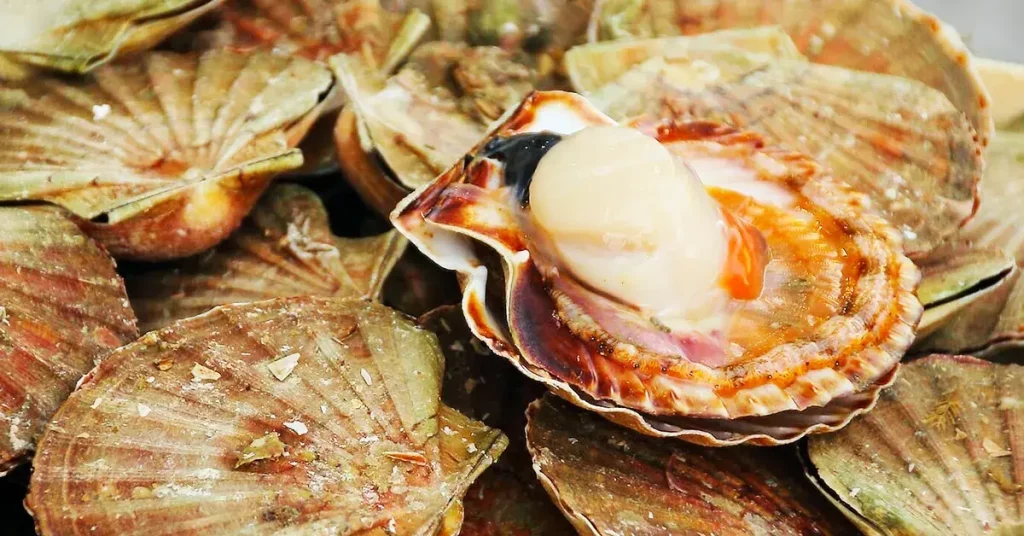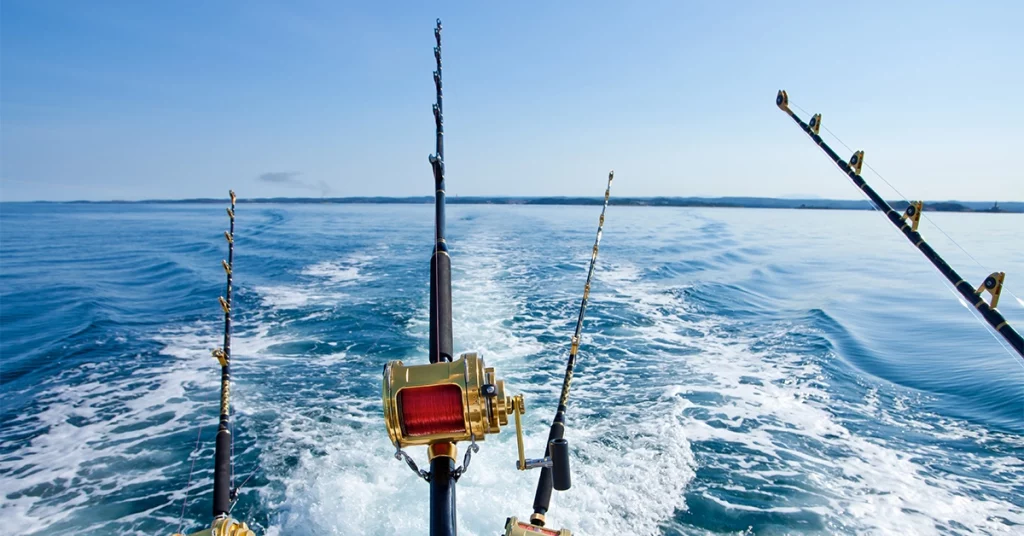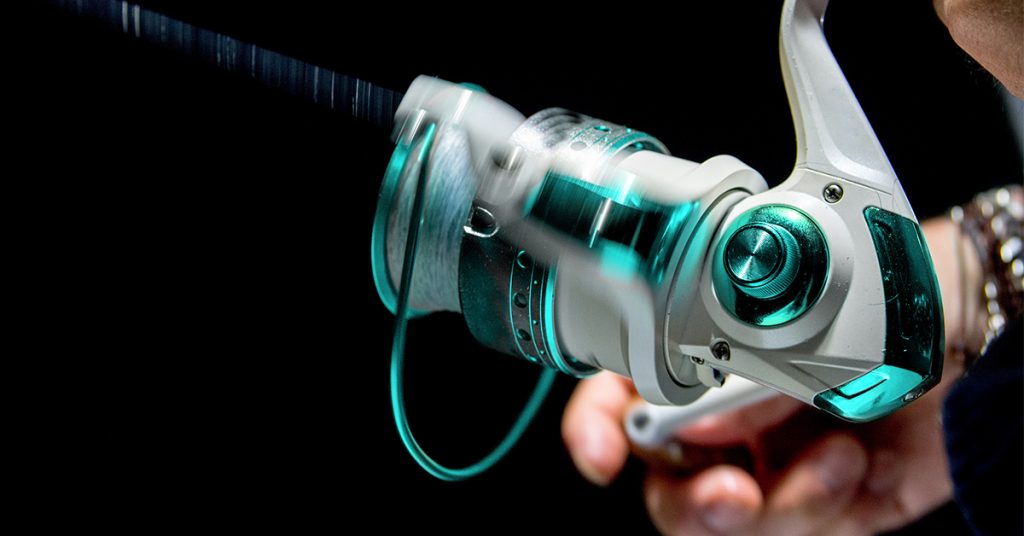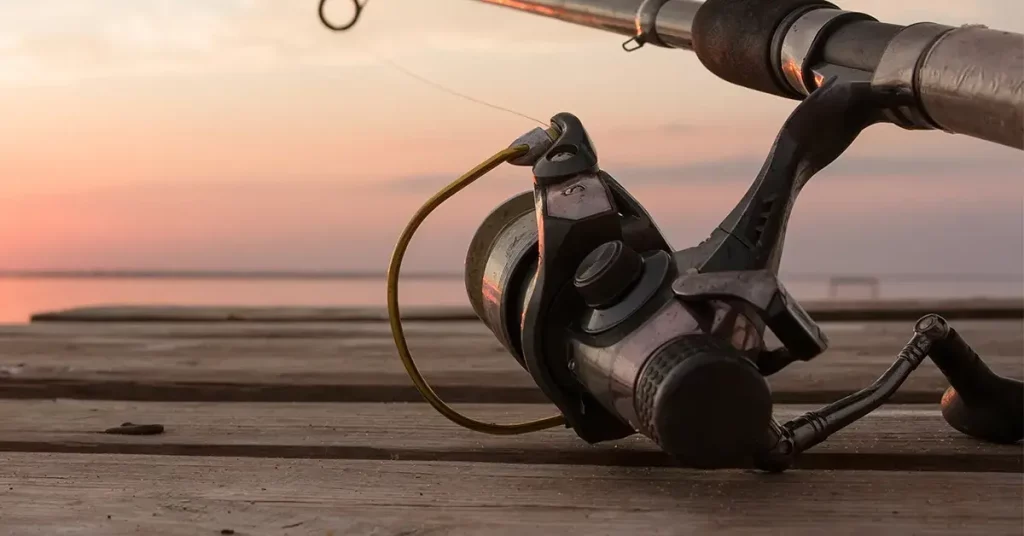When it comes to harvesting seafood, it’s tough to beat the enjoyment and excitement of catching scallops. It’s not only a great way to score some of the most delicious seafood around, it’s also a fantastic activity the whole family can participate in. So how do you catch scallops?
Catching scallops, or “scalloping” as its often called, involves diving in semi-shallow water near shore and collecting the bivalves by hand. It doesn’t require much gear or experience, so it’s a great way to introduce friends and family to harvesting wild food.
Unlike bottom trawling or dredging the ocean floor, which can cause damage to the undersea environment, hand diving for scallops is highly sustainable and ecologically friendly. It also tends to result in less gritty scallops – so it’s basically a win-win!
Let’s take a look at everything you need to know to start catching scallops today.
Where to Harvest Scallops?
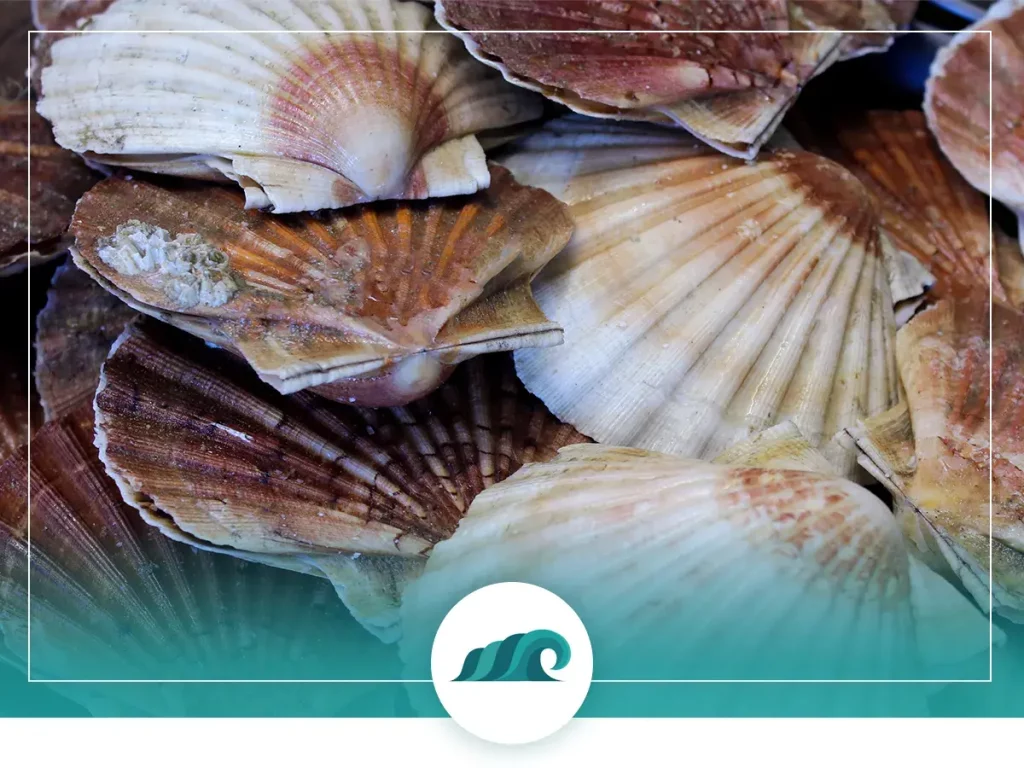
Before you start filling up your bag with scallops, you’ll need to know where to look for them.Like clams and oysters, scallops are filter feeding bivalves that live near shores around the world. They’re unique in their ability to use their adductor muscles to swim rapidly when escaping predators, and also possess rings of eyes along their mantles.
Most scallop species occupy relatively shallow waters – from the low tide line out to about 100 meters deep. They’re common in bays, estuaries, and shallow protected waters along the coasts. They can be found on or near rocks, kelp, sand, mud and other underwater environments.
They’re generally not that difficult to find, as they gather together in large groups as part of their reproduction cycle. Many scallops settle just below the sand, with their shell slightly open to feed. If they’ve recently moved you may be able to spot them sitting on the surface, otherwise look for scallop shaped mounds in the sand.
Like conch, they like clear water, which also makes them easy to spot on the seafloor. As their sometimes half-buried in the sand, look for lighter colored shells facing upwards. As most of them will be buried dark-side facing up, a few light-colored ones are a good indication that more are nearby.
If you’re not having any luck, it’s always a good idea to source a little local knowledge. Scallops can move from one location to another in a short period of time, so you may need to ask around or keep an eye out for other boats.
Gear Needed
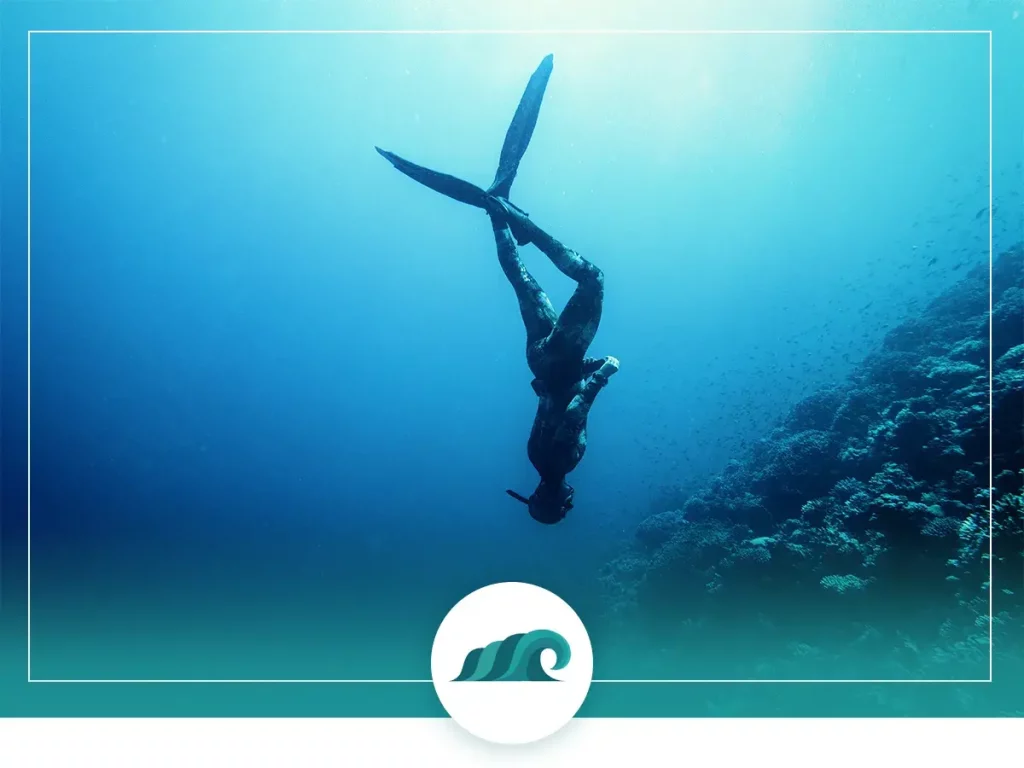
While it’s a fairly low-cost activity, there are a few key pieces of gear you’ll need to catch scallops. A good freediving mask and snorkel will let you dive deeper with less equalizing, and a pair of freediving fins will propel you down with ease. Most of the time can also get by with regular snorkel gear.
If you’re diving from a boat, you’ll need to make sure you’re displaying a diver-down flag, so that other boats know divers are in the surrounding area. If you’re diving from shore, then you’ll need a dive float and flag to accomplish the same thing.
As you start to catch scallops, you’ll need somewhere to stash them other than your swimsuit! A mesh dive bag with a secure closure attached to your waist is the perfect solution for this. Check out the KUFA Clam Diving Bag for an excellent all-around scalloping bag.
Lastly, bring along a cooler full of ice to store your scallops and a gauge to measure your catch and make sure it’s within the legal limit. If you’re local scallops catch limit is measured in gallons, then a 5 gallon bucket will allow you to make sure your within the limit.
How to Scallop?
Ok so how do you score a nice bag full of scallops?
If you’re familiar with snorkeling or freediving then the diving portion of scalloping should be a breeze. Beginners might take a little while to get the hang of it, but once they’ve dived a few times the breathing should come naturally.
Start by scouting out the surrounding area for potential scallops. If you’re scalloping with someone experienced with the region, have them scout out the area. They can often be found in sandy areas near grass beds, so keep a keen eye out for these features. Because clear water will help you spot them easier, the best time to catch scallops is usually mid-day in bright sunny conditions.
When you’ve located a promising area, drop anchor if you’re on a boat, and start filling up your dive bag. Watch out for sea urchins, jellyfish and other potential hazards, as they can give you a nasty surprise if you’re not careful.
Once you’ve caught your fill, it’s important to put your catch on ice right away until you’re ready to cook and eat. You can also store them in a live well as long as the temperature is consistent.
Types of Scallops
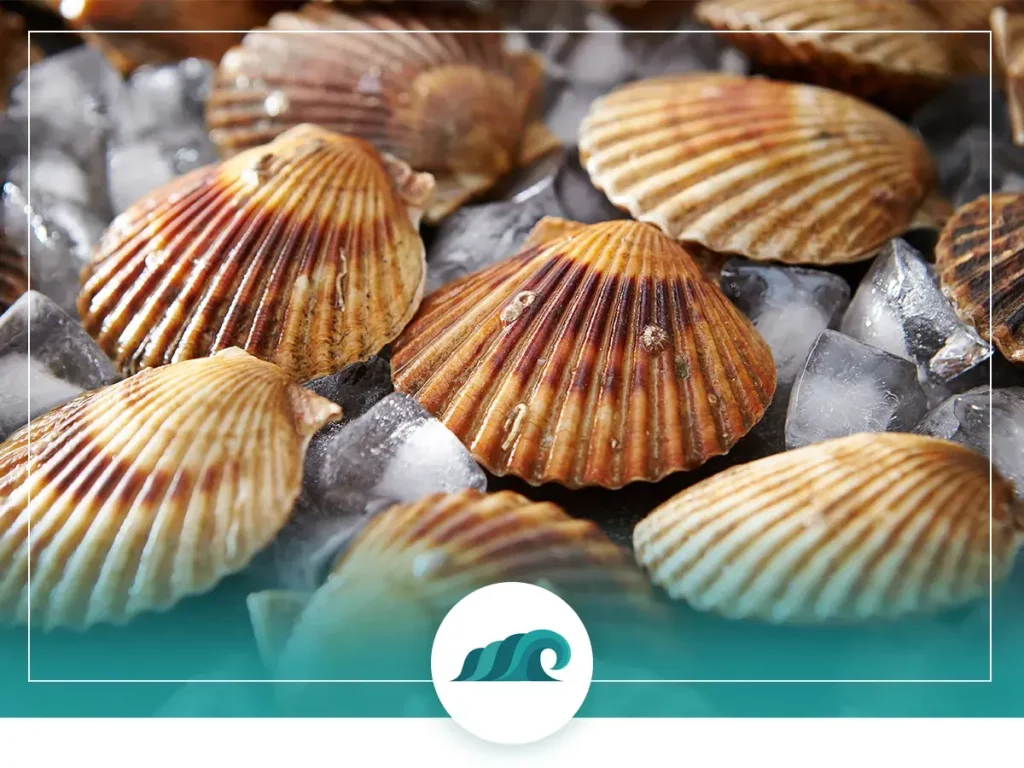
There are two major types of scallops caught and eaten in the United States – Bay scallops and Sea scallops.
Bay scallops are found in shallower waters near shore, and are the kind caught by hand diving. They live all along the eastern seaboard, and are commonly caught on the Gulf Coast of Florida.
They’re significantly smaller than their deep-water counterparts, and contain less meat per shell – although the meat is sweeter and more tender. This makes them ideal for quick frying, poaching, or making ceviche.
Sea scallops are found in deeper off-shore waters, and are typically harvested by dredge or hand collected by scuba divers. This species can be found in deep cold ocean waters, usually in the Northern Atlantic Ocean. They’re large, with the edible portion often being 2 inches long – making them ideal for pan searing.
There also other species harvested on the west coast, including the pink and spiny scallops harvested off of Vancouver Island.
Regulations
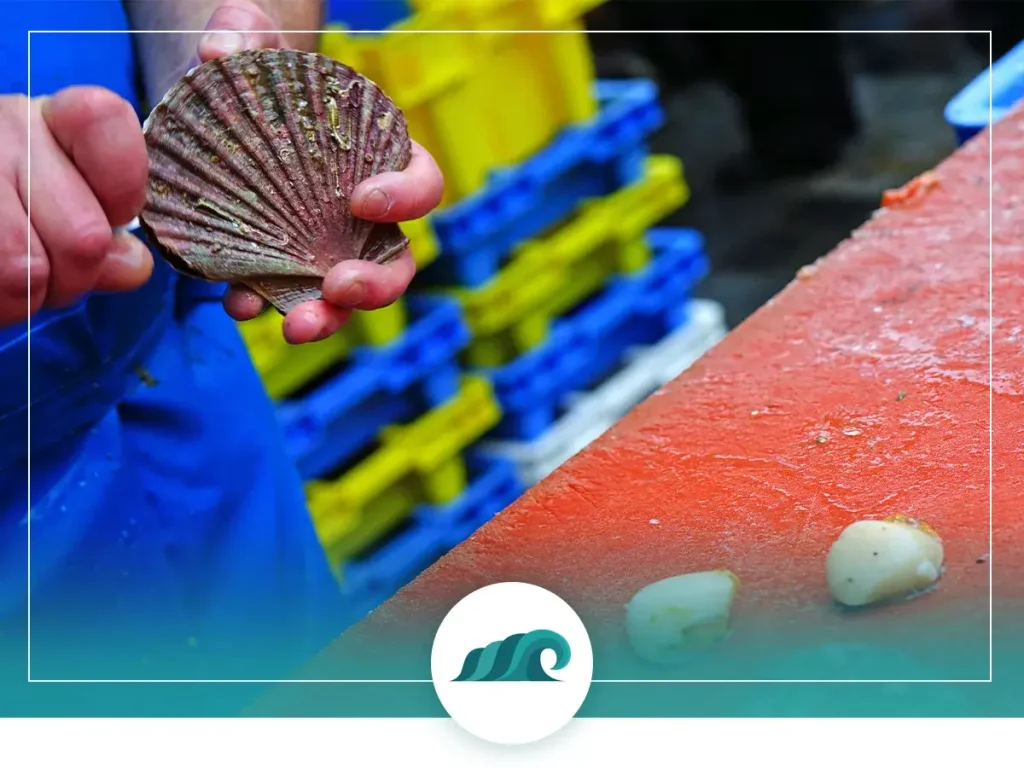
Whenever you’re fishing or harvesting wild food, you’ve got to make sure your following local rules and regulations. The last thing you want is a fine from the local fish and wildlife officer!
On the Florida Gulf Coast – one of the most popular places to catch scallops – the scalloping season runs from June through September. If you’re between the ages of 16 and 65 you’ll need a saltwater fishing licence. You’re allowed to catch up to 2 gallons of whole scallops per day, and a maximum of 10 gallons per boat. Catching scallops must be by hand or with a dip or landing net.
For more details check out the following state regulations:
How to Prepare Scallops
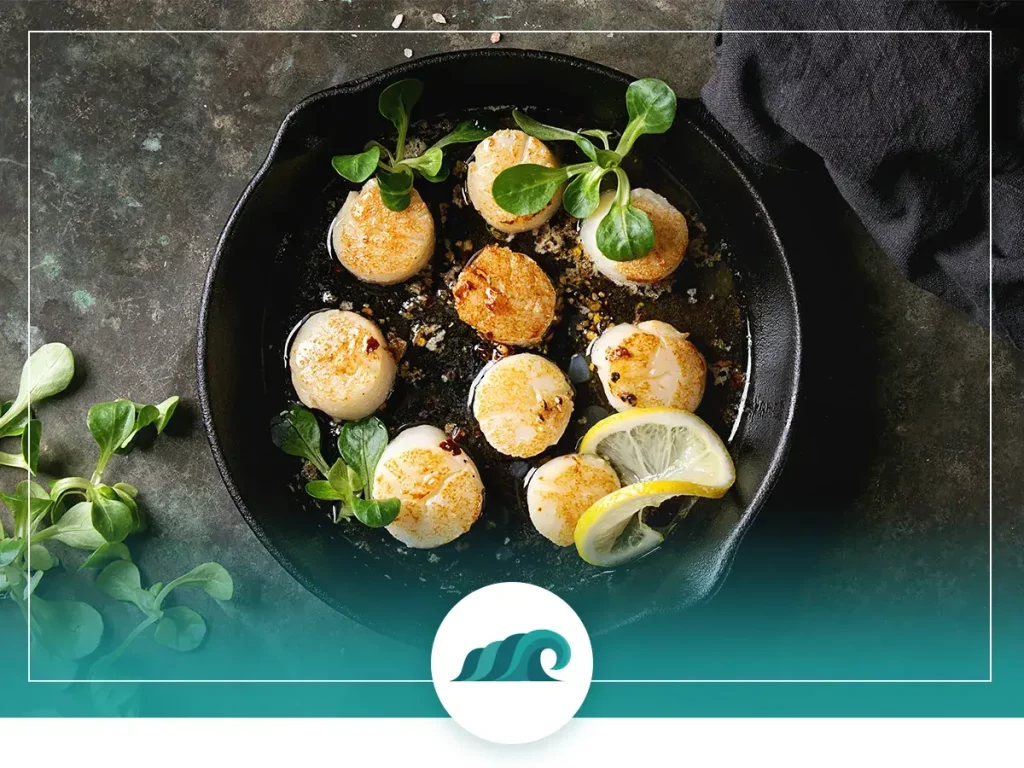
After you’ve harvested your limit of scallops, you’ll need to know how to prepare them for cooking. As mentioned previously, you’ll want to put your catch on ice as soon as its out of the water. This will prevent them from spoiling, and relax their adductor muscles – causing them to open their shells – so you won’t need to pry them open by hand.
Scallops are interesting in that the portion most people eat is the white adductor muscle (the part that opens and closes the shell). The coral – the vivid orange colored roe – is typically discarded in the US, but is actually edible. If you don’t plan on eating it, you can save it for fishing bait or chum.
How to clean scallops?
Cleaning scallops is actually not that hard, and once you do it a few times, you’ll be shucking like a pro!
To clean a scallop, follow these steps:
- Take a flat knife, spoon or similar implement and insert it in between the top and bottom of the shell. You don’t want to push it too deeply otherwise you could damage the meat inside.
- Turn your knife and apply pressure until the two shell halves start to separate from each other.
- Run your knife along the top of the shell to separate the adductor muscle from the upper shell. Discard the shell.
- Now run your knife along the inside of the shell and separate the muscle and innards from the shell. Discard (or save for bait) the coral and side muscle, and separate the main muscle.
- Rinse the scallop to remove any grit or sand and place on a plate with paper towel to dry.
- After you’ve cleaned your scallops, either cook them right away, or freeze them for use later on.
Recipes
Scallops are so delicious that they don’t need much to make them shine.
Their sweet, tender meat tastes great in a variety of dishes, but the main thing to remember is never to overcook them. You generally want to cook them lightly, so the inside remains soft and doesn’t become rubbery.
It’s also important to dry the scallops well before cooking – especially if your searing them. This will allow you to get that nice brown crust on the exterior.
Sautéed Lemon Butter Scallops
This simple method is one of the best ways to prepare scallops. The lemon-butter sauce is a perfect complement to the sweet scallop meat.
Ingredients:
- 1 pound fresh scallops
- 3 tablespoons unsalted butter
- Juice from one lemon
- Salt and pepper
- 2 tablespoons fresh chopped herbs (parsley, oregano, or chives)
- 2 cloves garlic, minced
Directions:
- Melt 1 tablespoon butter in a large pan over medium-high heat.
- Pat scallops dry and season with salt and pepper.
- Add scallops to pan one-by-one and cook until golden brown on both sides, about 1 to 2 minutes per side. Remove from pan and set aside.
- To make the lemon butter sauce, add the remining butter, and garlic to pan. Sautee until fragrant and then add lemon juice. Stir for 2-3 minutes and then pour over scallops.
- Garnish with herbs and serve!
Scallop Ceviche
If you’re a little more adventurous, then scallop ceviche might be just up your alley. While you can consume scallops raw, marinating them for an hour or two in a citrus sauce will essentially “cook” them, and greatly enhance the flavors.
Ingredients:
- 1-pound fresh scallops, chopped into bite size pieces
- 1 cup fresh lemon juice
- 2 serrano chili peppers, minced and seeded
- 2 garlic cloves, minced
- 1 finely diced red onion
- Salt and pepper to taste
- 1 cup fresh cilantro, chopped
Directions:
- Combine all the ingredients in a large ceramic or glass bowl and refrigerate for at least one hour. You can let it go for longer, but over two hours it will start to pickle more and change the flavour.
- Spoon the ceviche into small bows and serve with chopped avocado and plantain chips.

